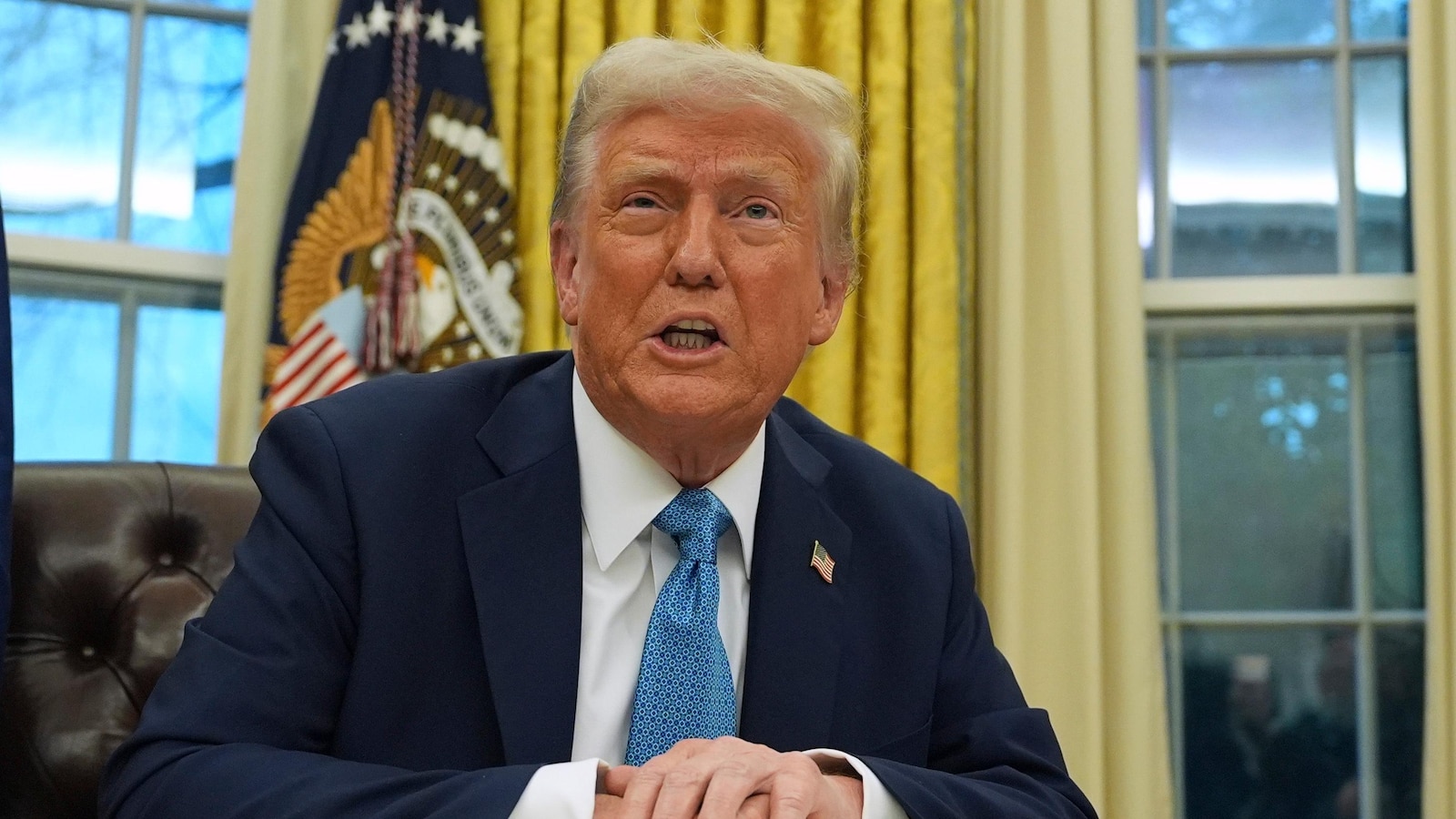Trade War Tremors: How Trump's Tariff Tsunami Could Crush American Business Budgets

From sun-drenched California ice cream shops to bustling medical supply companies in North Carolina and T-shirt vendors on the outskirts of Detroit, American businesses are preparing for economic turbulence. The latest challenge? President Donald Trump's newly imposed import taxes targeting Canada and Mexico, which threaten to send ripple effects through diverse sectors of the U.S. economy.
Small and medium-sized businesses across the nation are now strategizing how to absorb or navigate these unexpected tariff challenges, potentially impacting everything from local retail prices to international trade relationships. The sudden trade policy shift promises to test the resilience and adaptability of entrepreneurs in multiple industries.

